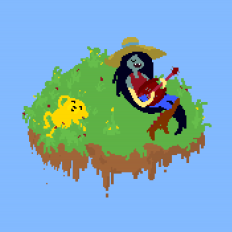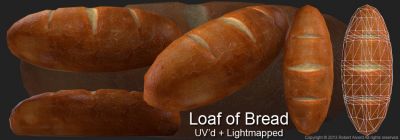Search the Community
Showing results for tags 'poly'.
-
I made a game asset based on my class materials for concept design class. I've done the design 1 and half year ago, but made it as 3D model for fun. Original image link: https://www.danielkim3d.com/?lightbox=dataItem-iip0d7lc Sketchfab link: https://sketchfab.com/models/f6249162bd6540c5aac...
-
Hi everyone! I'm new to 3DCoat, and in 3D art in general, and I'm looking for a good workflow. I've already worked several times in Blender, creating very low poly meshes, and I've sculpted high res meshes in ZBrush and I'm now starting with 3DCoat! I can do a blockout for a weapon or a base m...
-
Hey all, So I made a low poly model in the retopo room ( to test out the technique shown in this video ), used Retopo-> Per Pixel (no baking), painted it and looked at it in the render room. As you can see, a pretty cool aliasing occured (alisaing 1)....Same when I exported the object and re...
-
Hi guys, I've recently started using c4d for rendering my environments and I was wondering if anyone knew how to reduce the polycount of my models in 3dCoat before exporting? I know you can decimate but it loses ALOT of edge quality and perhaps theres another way? I tried "make a shell" and it...
-
From the album: Robert
This is a low-poly bread prop I made that is also game-ready (UV and lightmapped).© Copyright © 2013 Robert Alvord All rights reserved




